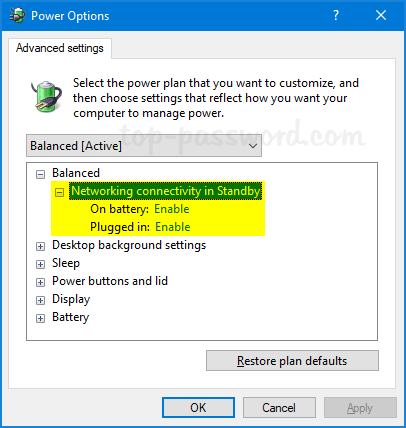
Sometimes, these features may cause your screen to lock automatically. If you do not wish to disable your lock screen, you may check your sleep timeout and screensaver settings.
Here, you can alter the timeout settings to your preference. Go to Customization and navigate to Modern UI. Here’s a more detailed guide on what to do: In just a few clicks, you can already change your timeout settings. To make this as easy as possible, you can use a third-party app. The second solution we recommend is to disable or change your lock screen timeout settings. Solution #2: Change your lock screen timeout settings If it still does, then proceed to the next solution. Tick the radio button next to the option that says Enabled.īy now, your screen will not automatically lock. Double-click on the Do not display the Lock Screen section. Navigate to Administrative Templates > Control Panel > Personalization. In the Local Group Policy Editor window that opens, go to Computer Configuration. Into the text field, input gpedit.msc and hit OK. Launch the Run utility by pressing the Windows + R keys. The first thing you have to do is to try to disable the lock screen feature. Solution #1: Disable the Lock Screen Feature Take note that while some of the solutions we have listed seem a bit obvious, sometimes the smallest changes are those that make a significant impact. So, to stop your computer from automatically locking Windows 10, we created this handy guide for you. About Outbyte, uninstall instructions, EULA, Privacy Policy. However, there are instances when malware entities are also to blame.Ĭompatible with: Windows 10, Windows 7, Windows 8 Experts suggest that the most common culprit behind this issue is some problematic settings on your PC is. Again, many Windows 10 users around the world are complaining about the same error. If you are constantly being locked out of Windows 10, know that you are not alone. How to Stop Your Computer from Automatically Locking We’ll discuss everything you need to know to stop your Windows 10 computer from automatically locking. If you are among the unlucky few who have been in such a situation, then you have come to the right place. According to them, their computer automatically locks and goes to sleep mode. 
While it’s obviously a handy feature, some Windows users have reportedly encountered problems with it.

To access your desktop again, you need to enter your username and password. To use this feature, simply press the Windows + L keys, and voila! Your screen is locked. The lock screen feature is a great addition to Windows as it allows you to lock your PC when it’s not in use to prevent unauthorized access.






 0 kommentar(er)
0 kommentar(er)
